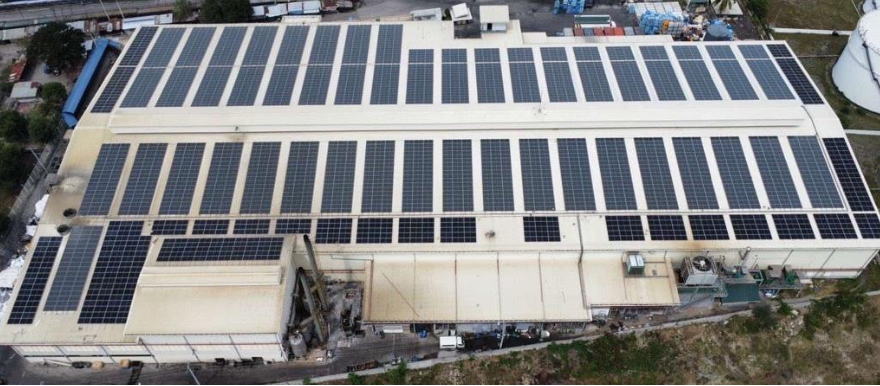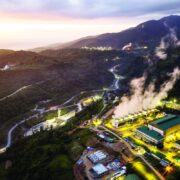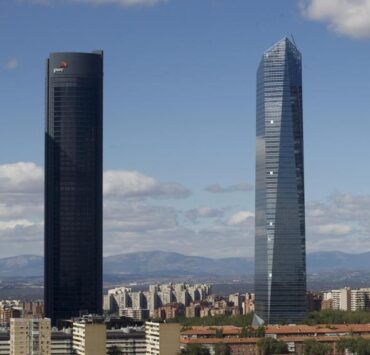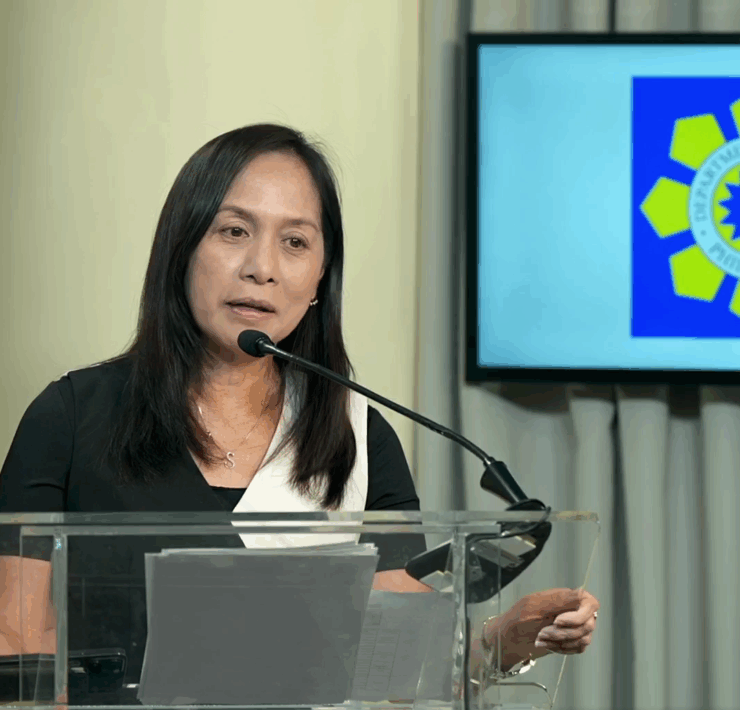Final price caps set for clean energy auction

The Energy Regulatory Commission has set the final pricing for various renewable energy projects in the fourth round of auction, as the government wants to ensure reasonable consumer rates for cleaner power.
The regulator released last Friday the Green Energy Auction Reserve prices for various clean energy projects: P5.68 per kilowatt-hour (kWh) for rooftop solar, P4.4832 per kWh for ground-mounted solar, P6.5258 per kWh for floating solar, P6.0859 per kWh for onshore wind and P5.4028 per kWh for solar with energy storage system (ESS).
The prices are the maximum rates a developer can offer during the Green Energy Auction (GEA-4). These are capped to ensure that developers would still be able to recover costs without burdening consumers.
The GEA is one of the mechanisms introduced by the Department of Energy (DOE) to accelerate the use of renewables in the Philippines. The government is targeting to increase clean energy’s share in the power mix to 35 percent by 2030.
For the fourth bidding cycle, the DOE would be auctioning off a total of 1,040 megawatts (MW) of target capacity in Luzon. Bidding schedules would be spread out between 2027 and 2029.
Originally targeted for 2026, the department said the revised timeline was “designed to provide developers with greater preparation time, improve project feasibility and support grid readiness for this specialized technology.”
It also added 175 MW of capacity for floating solar in the Visayas due to regional demand and investor interest. Bidding is scheduled for 2027 and 2028.
A floating solar installation offers a unique opportunity to maximize land use efficiency, reduce water evaporation and improve panel performance through natural cooling, according to the DOE.
Expanding the capacity for floating solar power also provided new avenues for such projects nationwide, especially in areas with limited available land, the DOE added.
The department noted the integration of floating solar into the mix represented a “historic push” in the country’s energy transition.
In total, the auction would bring renewable capacity to 10,653 MW, mostly in Luzon.
This is also the first time the DOE included ESS, a technology that stores generated electricity for later use, in the GEA. It is commonly integrated with renewable projects, particularly solar and wind facilities, given their fluctuating output.
“By proactively adjusting timelines and capacity allocations, the DOE is signaling strong institutional support for innovative [renewable energy] solutions, while creating space for broader participation among developers and investors,” the DOE said.





















